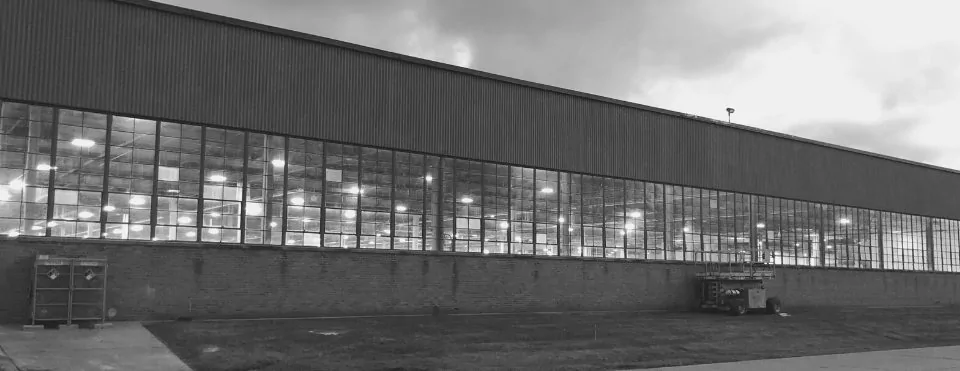Why Use LED Parking Lot Lights for Your Business
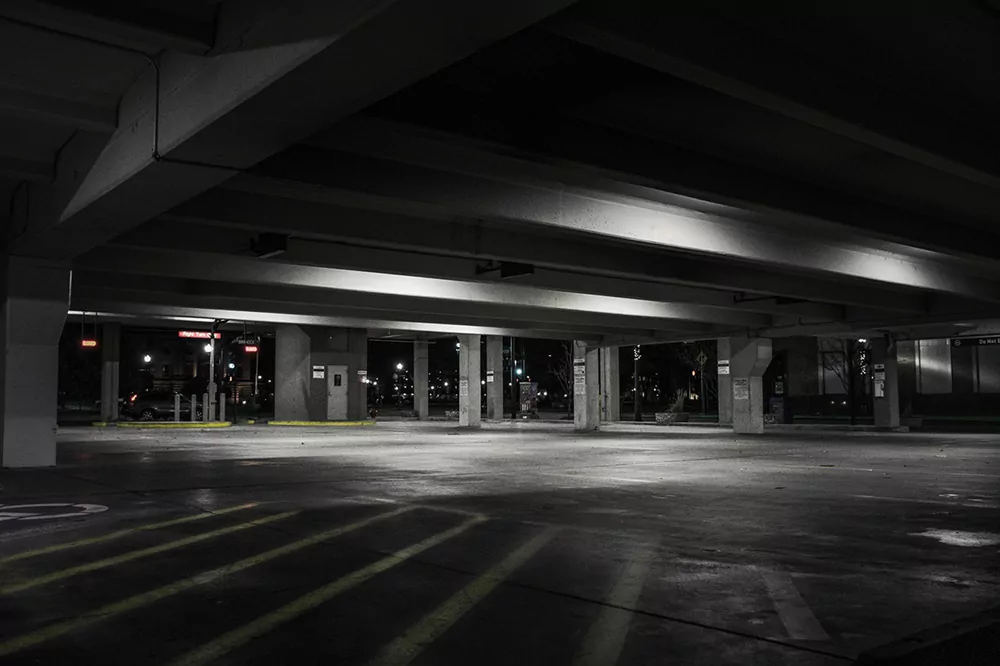
May 21 2019
If you own or manage a parking lot that’s not properly lit, you are risking wasting your time and money. Additionally, you also risk jeopardizing the financial and physical safety of the people who entrust you with their vehicles. Having bright and evenly distributed LED parking lot lights should be the top priority for anyone running a parking lot.
But, how can you make sure that you’re making the best lighting choice?
By using LED lighting technology.
Here’s why LED parking lot lights are considered the best possible choice for your property, both for internal parking lots and exterior parking lots.
High-Quality LED Parking Lot Lights
LED lighting technology relies on multipoint design to distribute light evenly throughout the desired area. This is especially important when it comes to parking lots. During the night, a good parking lot light serves as protection against criminals, especially if the lot is unguarded. Even distribution eliminates dark spots and gaps in security camera coverage.
But in addition to that, LED lighting technology produces brighter and crisper light than other lighting solutions. This too contributes to the safety of a parking lot, along with a wide range of color temperatures and options to increase the visual perception of brightness that is available on the market.
You’ve seen businesses with the white crisp light of LED – it looks safer, modern and well lit. You’ve seen the poorly lit business with a yellow looking light – half the lights are burnt out or dimmed, and it looks a bit shady. LED lighting is simply more modern and safer looking.
Reduced Energy Consumption
To a responsible parking lot owner, safety is the number one concern.
However, running a parking lot is like running any other business. If your main asset isn’t profitable enough, then there’s not much point in investing in it. And in terms of lighting, most parking lots are huge energy consumers. The average wattage for a HID lit parking lot ranges from 400 to 1000 watts which is a lot of money on electricity bills alone. In addition, old lights have an outdated ballast, which also pulls a lot of power. And get this – you are paying for that electricity draw even if the light is burnt out!
Making the switch from HID lighting to LED parking lot lights may require some initial investment, but it pays off in the long run. In comparison to HID lighting, LED parking lot lighting boasts a significantly lower wattage – our customers see between 60-80% reduction in energy usage when they switch to LED lights for their parking lots.
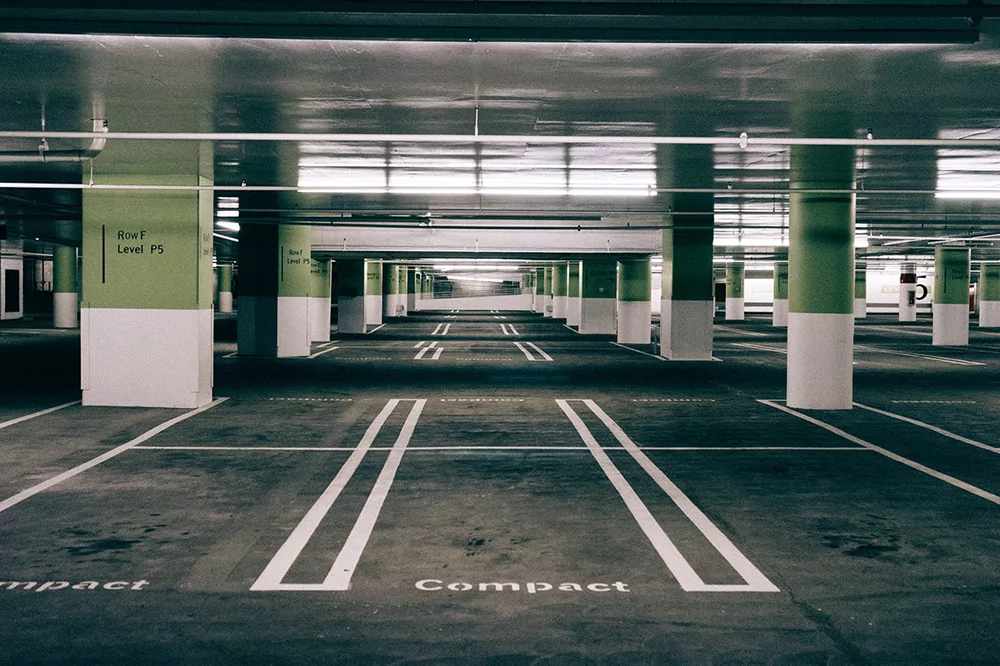
Reduced Maintenance Costs
In addition to emitting more light for less energy, LED fixtures are also much more durable than HID fixtures. And there’s no need to replace them as soon as the fuel source is reduced, as LED lights will continue to function with gradually lower capacity until the fuel source is fully depleted.
So not only are LED light cost-efficient enough to reduce your energy spending and expenses. But they are also extremely easy to maintain. This is yet another financial benefit of switching to a LED lighting solution, as frequent maintenance time, manpower, and resources can be costly as well.
And typically, outdoor lights need a bucket truck or lift rented for access – and those are very expensive. So what could be a few hundred dollars to repair can cost up to a thousand, so reduced maintenance is huge for exterior parking lot lighting.
No Buzzing
Managing a parking lot for a company, organization, or any other kind of public institution requires you to maintain the area in accordance with professional standards. Buzzing doesn’t leave the best first impression.
However old, LED parking lot light technology will never greet your visitors with buzzing. You notice the difference on day one after a lighting retrofit. The irritating buzz you hear from an old fluorescent light fixture is a telltale sign of a worn-out ballast. But what exactly is going on inside that box to create that sound? There are two main culprits:
Firstly, ballasts regulate the electrical current flowing to the fluorescent bulb. In older models, this regulation happens through a process called magnetic induction. Imagine tiny metal plates inside the ballast vibrating rapidly as they convert current. Over time, these plates can become loose or misaligned, causing them to physically rattle and erzeugen that annoying buzz. Additionally, the magnetic field generated by the induction process itself can sometimes induce vibrations in other components of the fixture, amplifying the noise.
Secondly, as ballasts age, their ability to properly regulate voltage can deteriorate. This leads to a phenomenon called “restriking,” where the arc inside the bulb repeatedly extinguishes and reignites at a rapid rate. Each restrike creates a tiny surge of current, and these surges, happening hundreds of times per second, can manifest as a buzzing sound. Additionally, worn-out components within the ballast itself can begin to vibrate under the electrical strain, further contributing to the noise.
While a buzzing ballast might seem like a minor annoyance, it’s important to remember that it’s a sign of underlying issues. Ignoring it can lead to decreased light output, flickering, and even potential fire hazards. So, if your fluorescent lights are serenading you with an unwanted electrical hum, consider replacing the ballast for a quieter and safer lighting experience.
Are LED Lights Really Brighter Than Old Lighting?
Outdoor lighting color temperature is an important factor to consider when creating the perfect ambiance for your business or community building. It can affect the mood, safety, and even the way you see your plants and landscaping – how the building is perceived by the public at night when you are open or closed. This can be critical for many reasons – and this is different for a fire station than a McDonalds – so you should be thoughtful on what you want to communicate.
Warm white light (2700K-3500K) is a popular choice for indoor lighting because it creates a cozy and inviting atmosphere. It’s similar to the color of incandescent bulbs and is often used in string lights, lanterns, and path lights. Warm white light is a good choice for areas where you want to relax and entertain, such as a patio or deck.
Cool white light (4000K-5000K) is a brighter and more energizing light. It’s often used in security lights and floodlights, as it can help to deter crime and improve visibility. Cool white light can also be used in areas where you need to perform tasks, such as a garage or workshop. It is our preferred choice, closer to 5000k, for parking lot lights and garage lighting. However, often 4000k is more standard in terms of what might be stocked at local supply houses and hardware stores.
Daylight white light (6500K) is the closest color to natural daylight. It’s not often used in commercial and industrial settings, but it can also be used in outdoor lighting. Daylight white light can help to improve visibility and make colors appear more natural. Typically, we find 6500k lights to be too blue and harsh, so we do not recommend it for our clients – even though it is closer to what natural sunlight is measured at outside. But it is hard to replicate mother nature, in many ways.
Can LED Lights Adjust Color Temperature and Lumens?
One of the best recent innovations is that many lights come with a kelvin selector, often from 2700k to 5000k. This means you can have just one light in stock and it can make multiple adjustments when in the field. This helps problem solve color temperature concerns when they come up – as the light can just be adjusted even after installed. The lights do this by having several LED strips that are 3,000 and 5,000 kelvin for example, and both of them are illuminated to create 4,000 kelvin.

Another recently innovation is to have lights have several different wattage and lumen selectors. For example, a common garage light that we use from Signify have 40 watts, 60 watts, and 80 watts adjustable on the same fixture. This again let’s us put more or less light out to satisfy a customer’s needs, but more importantly, let’s us have a lot of inventory that can help different situations. This may not seem important, but it leads to lower SKUs of inventory, and we can pass savings onto our customers.
Advanced LED Parking Lot Lights Controls
If you’re using occupancy sensors or photocells as a safety measure, it’s important to know that LED parking lot lights pair perfectly with advanced controls such as these two. LED drivers are more responsive. This allows you to turn on or dim lights on your parking lot in just a second or two.
LED lighting technology is simply the best possible solution for creating and maintaining a safe parking lot. It also helps that it won’t bankrupt you. Being both cost-efficient and maintenance-friendly, LED lights are your go-to source of crisp, bright, and long-lasting lighting.
Old lighting can typically turn on or off with a photocell or timer switch, but those often fail over time. LED lights can integrate to a more nuanced control system, measuring light and occupany and setting those lights to those levels as appropriate. In fact, an LED system can dim until a person enters, making that person feel safer (or more watched) but always allowing some level of light.
Mercury in Fluorescent and HID Bulbs
Fluorescent bulbs and High Intensity Discharge Lights (HID – think large round outdoor lights) contain a hidden danger: mercury. This toxic heavy metal poses a significant threat to the environment and human health when these bulbs break or are disposed of improperly. In fact, all of our energy efficiency projects include the task or recycling old fluorescent and HID lamps, so the mercury does not end up in the landfills, waterways, or air that we breath.
When fluorescent bulbs break, the mercury inside is released into the air, contaminating the surrounding environment. It can then settle onto dust particles, enter waterways, or be absorbed by plants and soil. This widespread contamination poses a risk to wildlife, as mercury bioaccumulates up the food chain, reaching dangerous levels in animals like fish and birds.
Humans are primarily exposed to mercury through contaminated seafood. Consuming fish with high levels of mercury can lead to a range of health problems, including neurological damage, developmental delays, and even death. Pregnant women and young children are particularly vulnerable to these effects.
The Shift Towards Safer Lighting Solutions
Fortunately, there are safer alternatives to fluorescent bulbs. LED lights are now widely available, offering comparable energy efficiency without the mercury hazard. By switching to LED lights, we can protect our environment and safeguard human health for generations to come.
The mercury in old lighting poses a serious threat to the environment and human health. By transitioning to safer alternatives like LED lights, we can create a brighter future for all.
What About Indoor Parking Lot Lights for LED Conversions?
Indoor parking lots, like their exterior counterparts, have a lot of the same properties as outdoor lighting with one big difference. Often, indoor parking garages have lighting on for 24 hours, vs an outdoor lighting that is usually just at night.
So that means any investment in an LED conversion will have twice the benefit, a faster payback, and a better Return on Investment. Read here to see what impacts the energy savings formula in your business or building.
In addition, since indoor parking lights often have some ambient light during the day – they are even a better candidate for advanced lighting controls or sensors than outdoor lights. We have seen great success with indoor parking garages with integrated controls, both because the lights save energy and have great functionality, but also because they often qualify for greater rebates from utility programs.
Get started today with Verde to help you convert your metal halide, HID or fluorescent lighting in your parking lot to LED.
Featured Posts
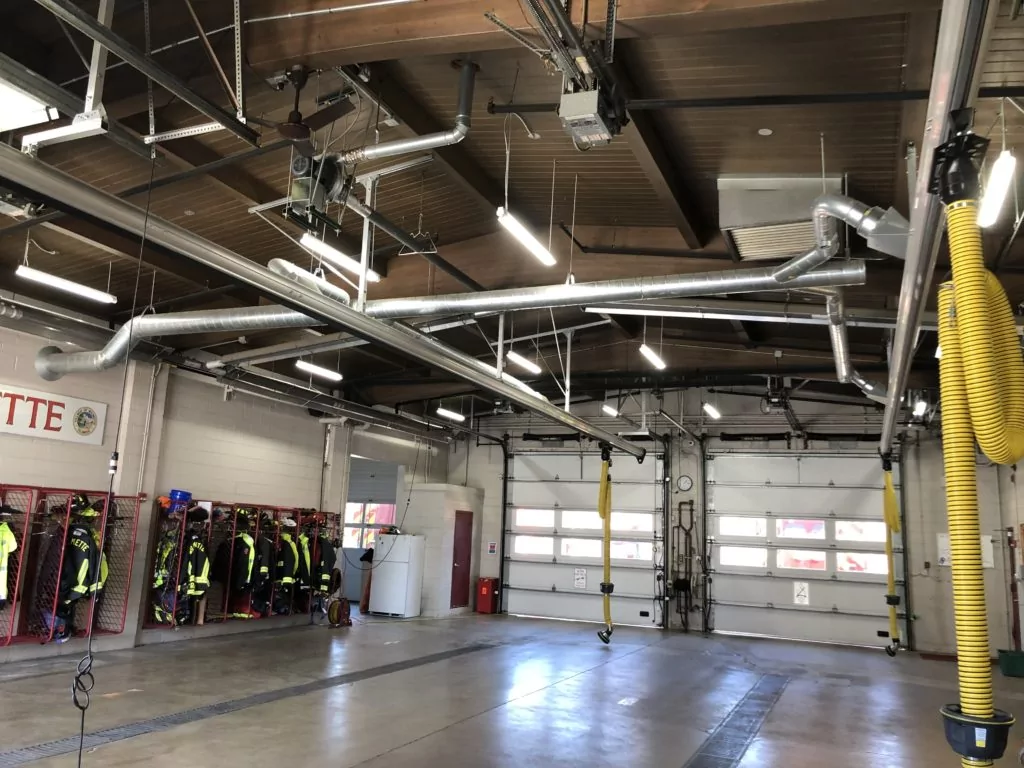
Mar 15 2021
Energy Savings Formula
In 2002, I became a firefighter in the north suburbs of Chicago. I was young and idealistic - loving almost every part of the job. However, I had another secret passion - sustainability. In addition…
Continue Reading >

May 02 2019
Verde Energy Efficiency Experts 10 Most Sustainable Companies in Chicago
In our energy efficiency consulting firm, we constantly look for inspiration from local companies that lead and innovate in clean energy and sustainability. Not all companies have billion dollar budgets, but that doesn’t mean that…
Continue Reading >
Related Articles
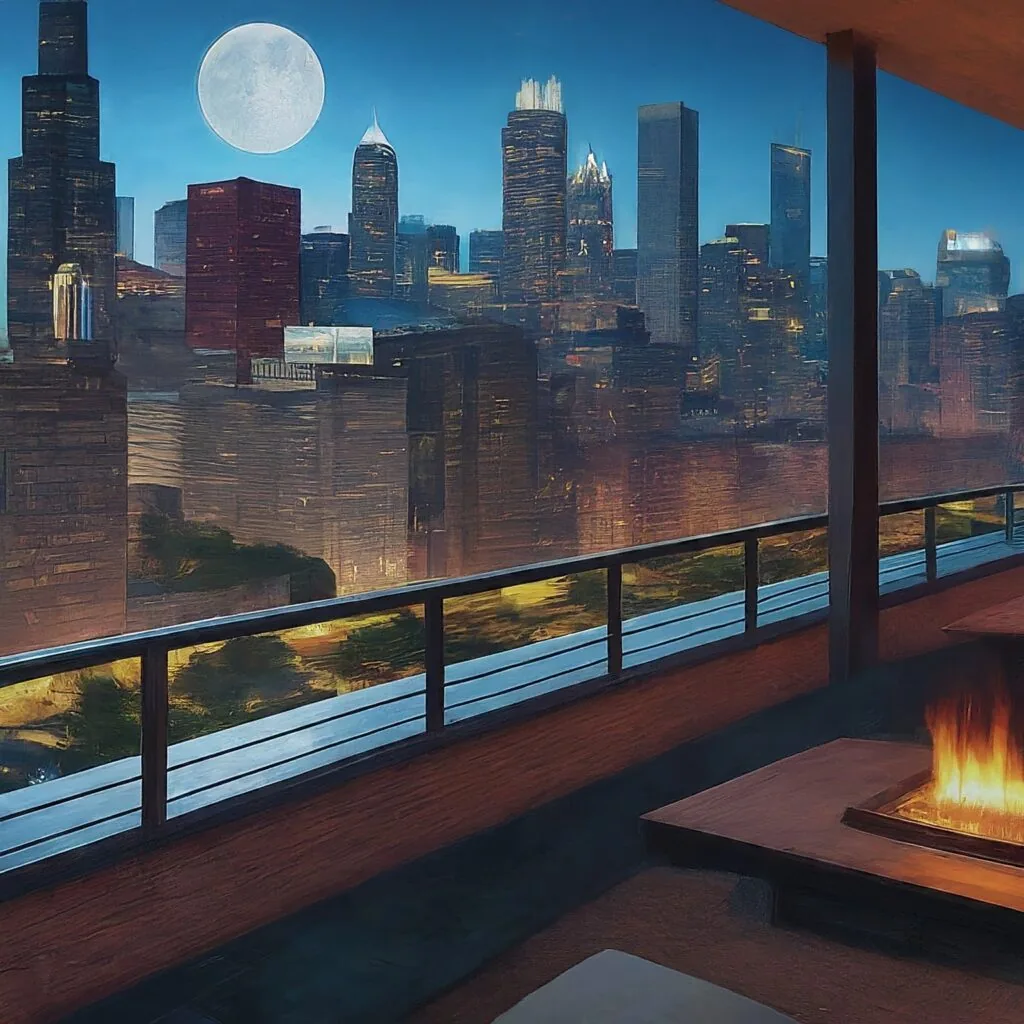
May 30 2024
Energy Efficiency Lighting Systems in Hotels
Lower Energy Cost Hospitality with LED Lighting Systems In today's environmentally conscious world, hotels are increasingly looking for ways to reduce their impact. Energy-efficient lighting systems are a powerful tool in this effort, offering a…
Continue Reading >
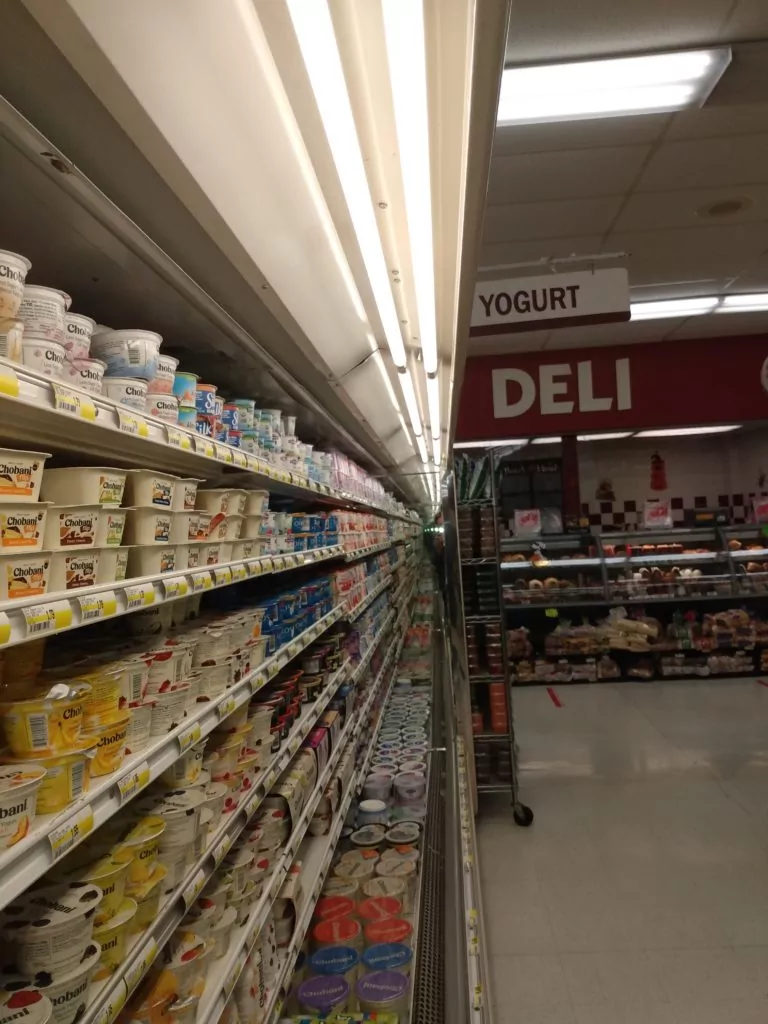
Aug 29 2023
The Importance of Converting to LED Display Case Lighting
Light emitting diode (LED) lighting is quickly becoming the standard for display case lighting. This is due to a number of advantages that LED lights have over traditional lighting technologies, such as incandescent and fluorescent…

